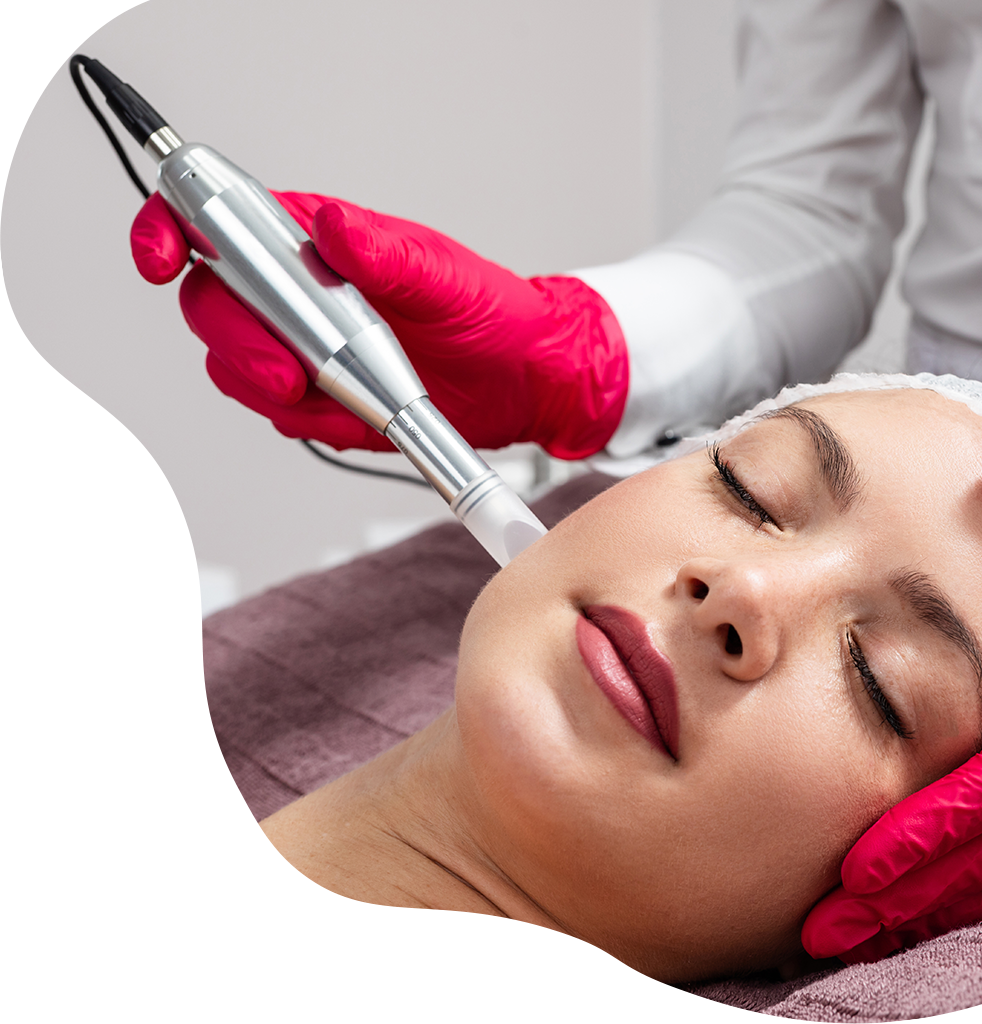The world of regenerative aesthetics has seen a surge in treatments that promise rejuvenation through the power of your own blood. Two standout procedures leading the charge are Platelet-Rich Plasma (PRP) and Platelet-Rich Fibrin (PRF). Both harness your body’s natural healing properties, aiming to refresh and revitalize your facial appearance without synthetic chemicals or invasive surgery. But with two options that sound so similar, how do you know which one is the right fit for your face? Let’s dive deep into PRF vs PRP and explore which bio-boost may be your skin’s new best friend.
At the core, both PRP and PRF treatments rely on the platelet concentration extracted from your own blood. These platelets are rich in growth factors that aid in tissue regeneration, collagen production, and skin renewal. PRP has been used for years, popularized by athletes and celebrities alike. In fact, prp therapy for face gained momentum as a go-to anti-aging treatment due to its visible skin-plumping and brightening effects.
However, science and innovation didn’t stop there. Enter PRF — a next-generation version of PRP that offers longer-lasting results, improved biological support, and a gentler release of growth factors. Understanding how these two treatments differ can help you make a smarter, skin-saving choice.
What Makes PRP and PRF Different?
PRP (Platelet-Rich Plasma) and PRF (Platelet-Rich Fibrin) both begin with a simple blood draw, which is then spun in a centrifuge to separate the components. However, the key difference lies in how they’re processed and what each delivers.
PRP is spun at a higher speed, which isolates platelets from white blood cells and fibrin. This method yields a clear, yellow plasma packed with concentrated platelets. It’s immediately injected or microneedled into the skin, releasing growth factors for a quick regenerative response.
On the other hand, PRF is spun more slowly and without anticoagulants. This allows white blood cells, stem cells, and a fibrin matrix to remain in the mixture. The fibrin acts as a scaffold, releasing growth factors slowly over time. This slow release mimics your body’s natural healing process, leading to longer-term skin improvement and increased collagen production.
The Real-Life Results: What to Expect
If you’re looking for quick skin glow before an event or need a boost for tired-looking skin, PRP may be your choice. It offers a noticeable improvement in tone and texture within a week or two. PRP treatments are also beneficial for fine lines, acne scars, and overall skin dullness.
PRF, in contrast, is the marathon runner. It might not give you an instant glow, but the gradual release of growth factors leads to deeper, more sustained skin remodeling. It works well for deeper under-eye hollows, persistent wrinkles, and skin laxity. The presence of stem cells in PRF also means it potentially activates more powerful tissue regeneration than PRP.
In terms of appearance post-treatment, both cause mild redness and swelling that subsides within a day or two. PRF tends to be a bit thicker in consistency, which may leave the treated areas feeling slightly fuller immediately after injection. This usually settles within 24–48 hours, revealing a more natural, lifted appearance.
Safety, Side Effects, and Suitability
One of the biggest advantages of both PRF and PRP is safety. Since these treatments use your own blood, there’s virtually no risk of allergic reaction or rejection. This makes them highly appealing for people looking for holistic or natural approaches to anti-aging.
That said, not everyone is an ideal candidate. Individuals with blood disorders, low platelet counts, or active infections should avoid these procedures. Your aesthetic provider will typically conduct a thorough medical history check before proceeding.
Side effects are minimal and typically include mild bruising, swelling, or tenderness at the injection sites. Unlike dermal fillers or Botox, these treatments don’t alter your facial expressions or structure — they simply help your skin repair and rejuvenate from the inside out.
Cost and Frequency of Treatments
Price-wise, PRP is generally more affordable than PRF because it’s easier and quicker to produce. However, due to the longer-lasting results from PRF, you may require fewer sessions over time.
PRP treatments are typically recommended in a series of three to four sessions spaced about a month apart. PRF, being more potent, may only need two to three sessions to achieve a similar or better result. It’s worth noting that both treatments continue to improve skin quality over several weeks as new collagen forms and blood flow improves.
Think of PRP as a short-term skin booster and PRF as a long-term investment in facial rejuvenation. Depending on your budget, timeline, and skin goals, one might suit your lifestyle more than the other.
The Verdict: PRF or PRP — What’s Right for You?
Choosing between PRF and PRP is less about which is "better" and more about what your skin truly needs. If you're younger, with early signs of aging or dullness, PRP can give you that quick pick-me-up with minimal downtime. But if you’re dealing with more advanced aging, deeper wrinkles, or volume loss, PRF may be the more effective, longer-lasting solution.
Another factor to consider is your personal wellness philosophy. PRF, being more natural with no anticoagulants and a slower release of active ingredients, often appeals to those wanting the most organic and gentle rejuvenation path.
No matter which option you choose, both PRP and PRF have revolutionized the way we approach facial rejuvenation — moving away from artificial fillers toward regenerative medicine that taps into the body’s own healing power.
Final Thoughts
In the end, the decision between PRF and PRP should be made with your aesthetic provider after a proper skin analysis and discussion about your goals. While both deliver promising results, your age, skin condition, and desired outcomes will help guide the right choice.
So whether you’re opting for a light facial refresh or seeking deeper regeneration and long-term firmness, know that the future of facial rejuvenation is here — and it lives inside you.

Comments on “PRF vs PRP: Which Bio-Boost Is Right for Your Face?”